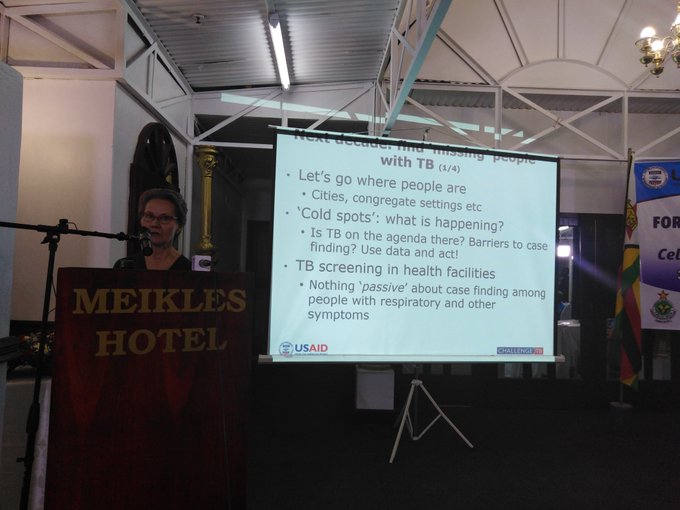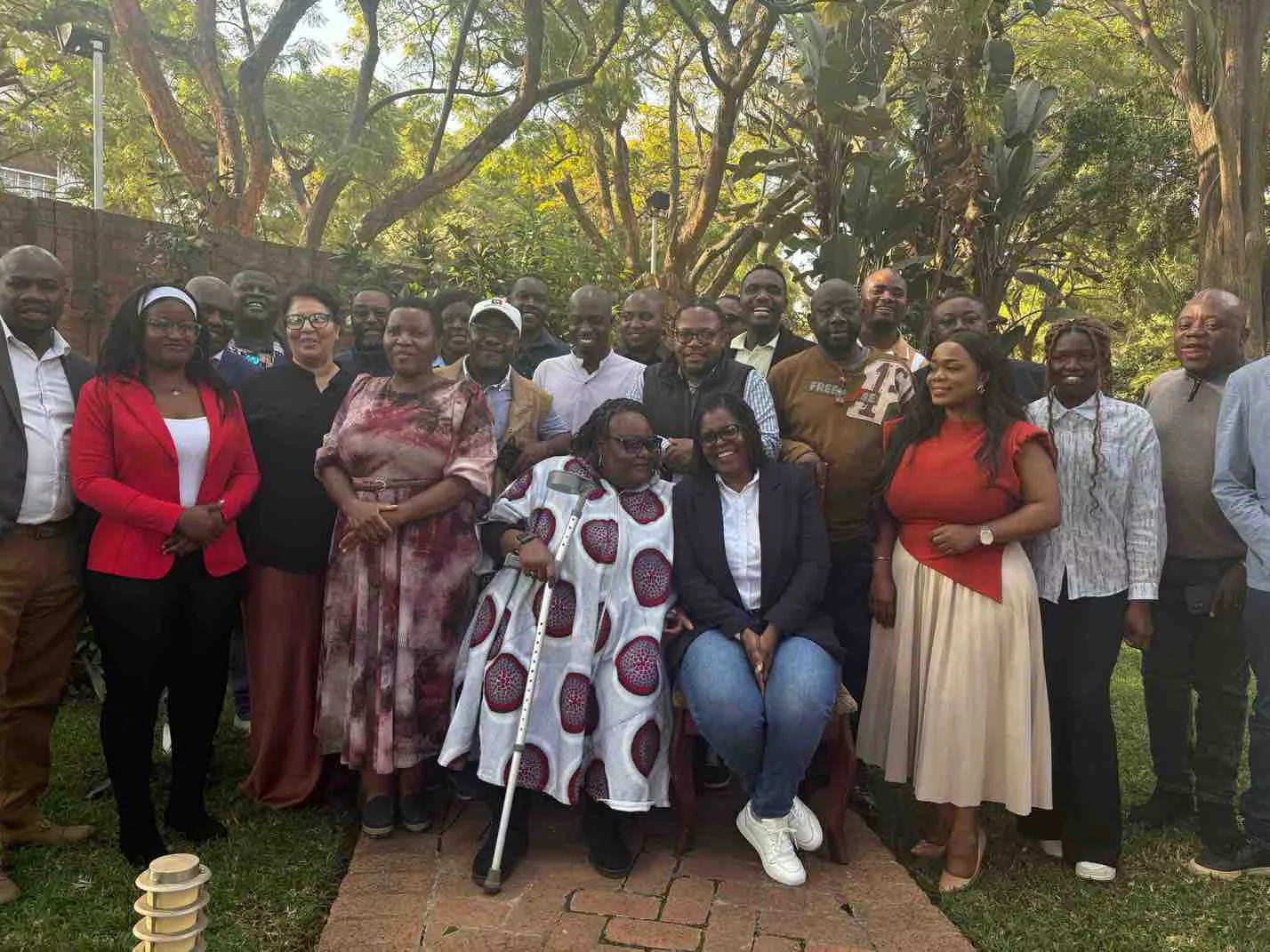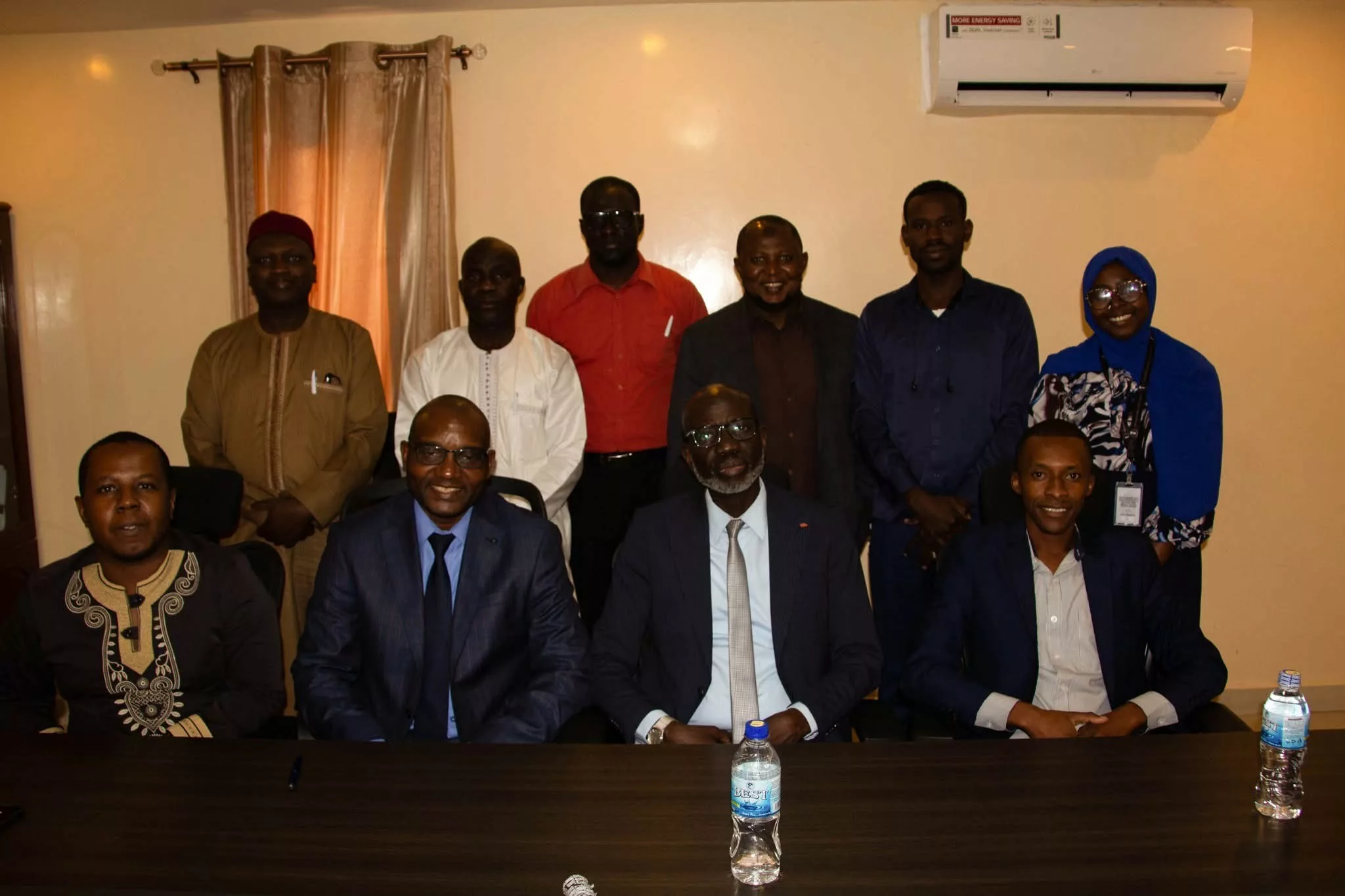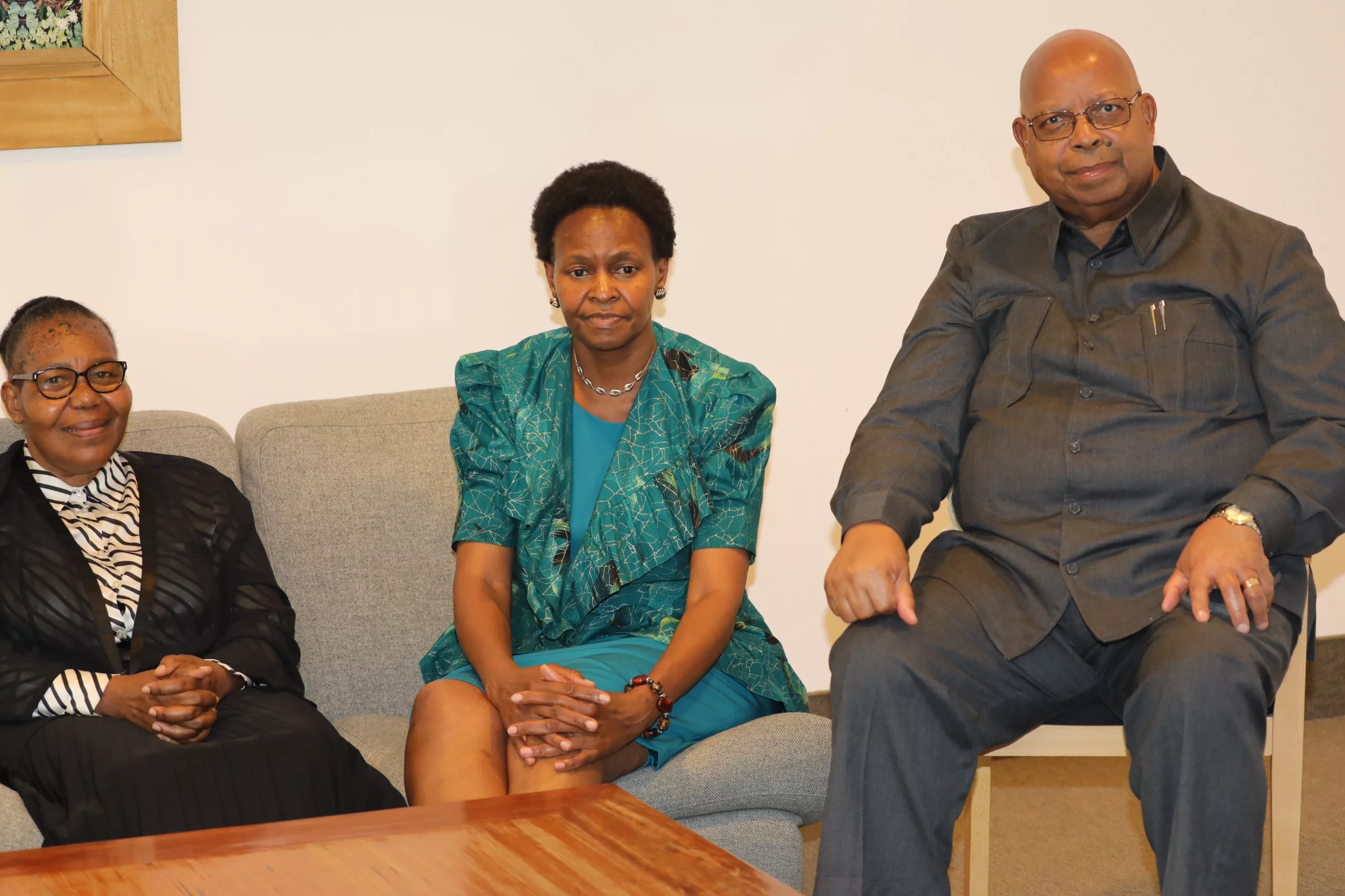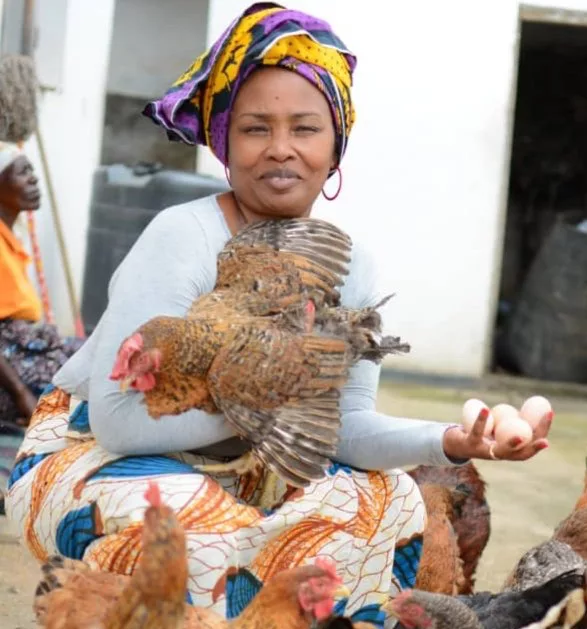By Joyce Mukucha
Despite efforts by the United States Agency for International Development (USAID) Challenge TB (CTB) Funding Mechanism and support it extended to the Ministry of Health and Child Care in aligning projects and activities to national priorities in the Tuberculosis/HIV response, Zimbabwe still remains among TB high burdened countries.
This has seen the country’s death rate from the communicable disease still remaining at 15 percent with no funding, the Deputy Director AIDS/TB in the Ministry of Health and Child Care, Dr Charles Sandy said.
Speaking at the Close Out Ceremony for the United States Agency for International Development (USAID) Challenge TB Funding Mechanism in Harare on the 30th of January 2020, Dr Sandy said the country recorded TB incidences of 210 new cases per 100 000 in 2018.
He explained that a number of people were still dying due to issues to deal with stigma, drug resistance and advanced diseases, inadequate capacity for transportation of spectrum for TB diagnosis among other challenges which he said need to be addressed.
“One of the reasons we are failing to meet our target is that we have people who come to our care services late and there is a delay in indicating a diagnosis. We also have people who come with very advanced diseases perhaps because of issues related to stigma and sometimes issues to do with non access for mobile populations when they are outside Zimbabwe and these are the issues we have to deal with so that we reduce the percentage of people dying of TB,” said Sandy.
He also pointed out that poor access to health care malnutrition, and poor housing were fuelling the TB burden in Zimbabwe.
Speaking at the same event, the Minister of Health and Child Care, Dr Obadiah Moyo said,”Zimbabwe is still experiencing massive deaths due to TB. Our estimated treatment coverage now stands at 83% up from 70% in 2014. TB incidences have climbed down to 210 per 100, 000 population in 2018 from 278 per 100 000 population in 2014,” Moyo said.
“Despite these gains, deaths from TB still remain unacceptably high at 15% among notified TB clients, likely attributed to late treatment seeking behaviour and important co-morbidities such as HIV and diabetes,” he said.
Minister Moyo commended the US Government for its continued support in ending the burden so as to extend healthier lives to citizens.
Optimising treatment, he stressed, remains a priority area of focus for a curable disease such as TB to ensure that no one dies from the disease.
One of the CTB beneficiaries from Chakari in Kadoma Ward 3, Jane Musongera expressed her gratitude to the USAID and other partners such as World Health Organisation, the International Union Against TB and Lung Disease (The Union) and the KNCV TB Foundation for spearheading programmes which she said saved her life.
Musongera urged others to visit the hospital in time to get diagnosed for TB.
Challenge TB was a five year flagship global mechanism for implementing USAID’s TB strategy as well as contributing to TB/HIV activities under the US President’s Emergency Plan for AIDS Relief (PEPFAR). For the past years, it has been working on finding missed patients within the routine health delivery system, strengthened TB-HIV services, the project also prioritised programmatic management of drug resistant TB to tackle the emerging and growing threat from drug resistant TB.
Through USAID, Zimbabwe received more than $25 million from Challenge TB, a five-year global funding mechanism.The global grant was extended across more than 20 other countries.
The year 2019 marked the last year of the project implementation across all countries with a project no cost extension granted to few countries for a few additional months to allow for seamless project closeout until February 2020 specifically for Zimbabwe.


